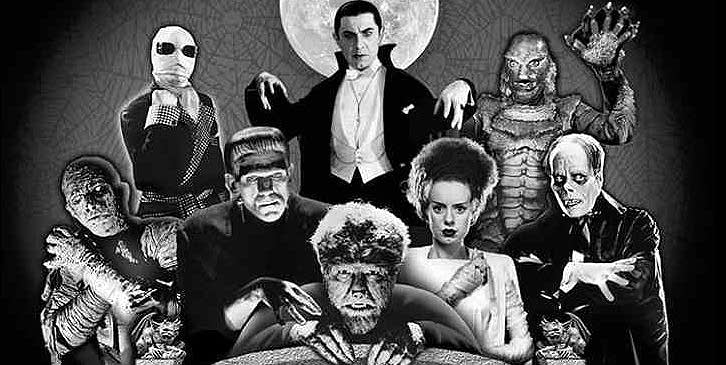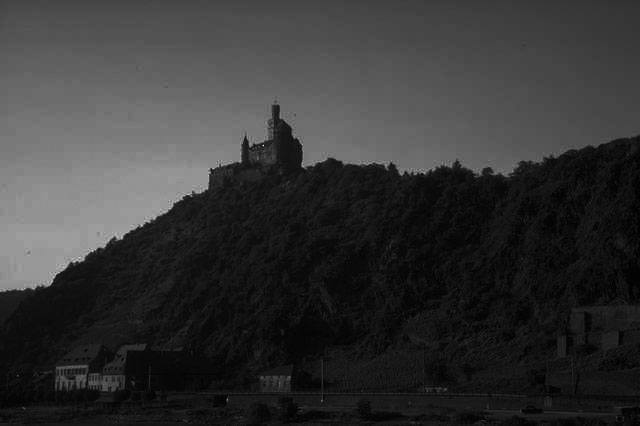
"Gothic Horror and the End of Feudal Age Europe"
When autumn arrives in October my thoughts swirl around spooky tales like the vapors in a witch's cauldron. With all the scary movies and programming this time of year, I am naturally haunted by the classic monsters of literature, movies, and television. So, once again, amid the fallen leaves and early sunsets, I think of the classic tales of Gothic Horror and the monsters they spawned that now dominate Halloween celebrations. Like specters and shades, the old black and white movies featuring Dracula, the Wolfman, and Frankenstein's monster creep around in my imagination as I rewatch them on television horror shows like my favorite hosted by Svengoolie. Classic Gothic Horror Story LineThe classic Gothic Horror story is usually set in late 18th to mid-19th century Europe, where a series of disappearances and deaths are investigated. The investigation determines that some evil presence nearby is the cause and suspicion lands on a reclusive local aristocrat who is found to be an evil occultist or mad scientist. Due to the activities of this lord or baron, a hero rises and destroys the villain and his evil plans with help from the victimized villagers. A closer examination of the stories includes the following basic elements.
Given where my spooky Halloween thoughts took me, I dug deeper into this subject. I concluded that classic Gothic horror stories are based on the history of the Late Medieval Period in Europe between 1300 and 1500. These stories later developed into their present form during the fall of the European feudal system in the mid-1800s.
The European feudal system considered the common people as the property of the lords. As a lower class with few rights the "peasants" were often mistreated. These people are the angry villagers who rise and kill the evil monsters causing them death and destruction.
Gothic Horror monsters like Dracula and the Wolfman were born out of medieval lore, with the evil witch character emerging during the European witch-hunting craze from the early 1400s through the late 1700s. Although occasionally evil, the wizard or sorcerer was usually beneficial and mostly loyal to the ruling class, Merlin being an example. However, the heroes and some monsters are from the 1800s and even other cultures and times. It can be pointed out that monsters including Frankenstein's Monster, The Invisible Man, Dr Jekyll and Mr Hyde, The Phantom of the Opera, zombies, and the mummy don't fit into medieval European history.
Although Frankenstein is not part of medieval European history, the story can be traced primarily to the legend of the Golem of Prague from the late 1500s. Another possible medieval source is the homunculus, a small artificial humanoid created through alchemy. Zombies from Haitian folklore were first recorded in 1819 in "A History of Brazil" by poet Robert Southey. "Egyptomania" was a period of intense interest in ancient Egypt during the nineteenth century making mummies a big craze. So, if not directly traced back to medieval Europe, most of these Gothic Horror monsters are related to the 19th century at the end of the feudal age.
In conclusion. The Gothic Horror genre that became popular in 19th-century literature was based mainly on the history of the Late Medieval Period and the end of the feudal system that followed. Gothic Horror archetypes formed by the end of the Late Medieval Period and were romanticized at the end of the feudal system in the mid-1800s. In Eastern Europe, the persistence of superstitious beliefs and the last feudal kingdoms during this time created fertile ground for refining these stories into their present form. Comment about this article on the Epress Forum Board .
|

